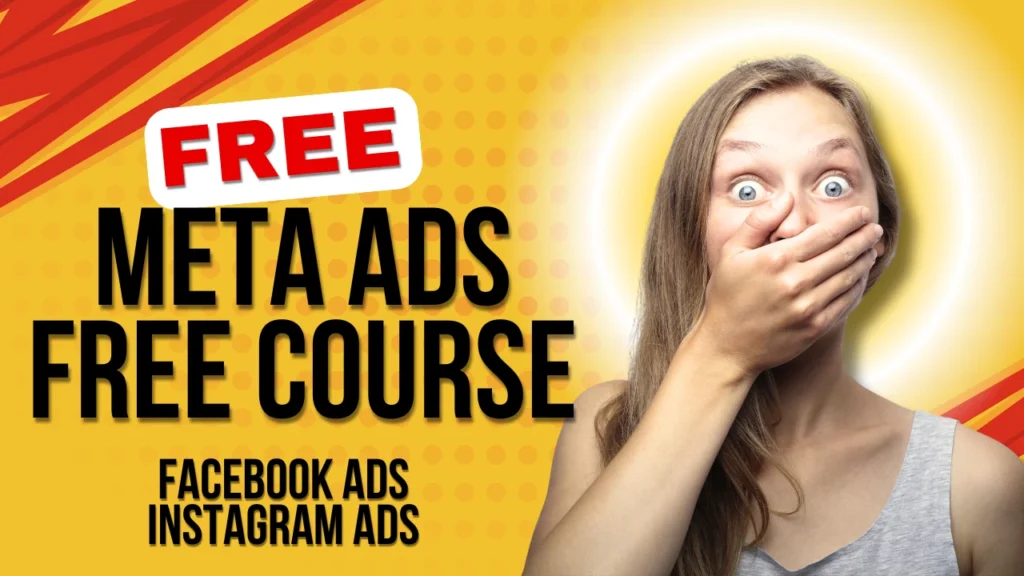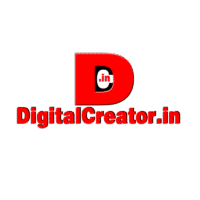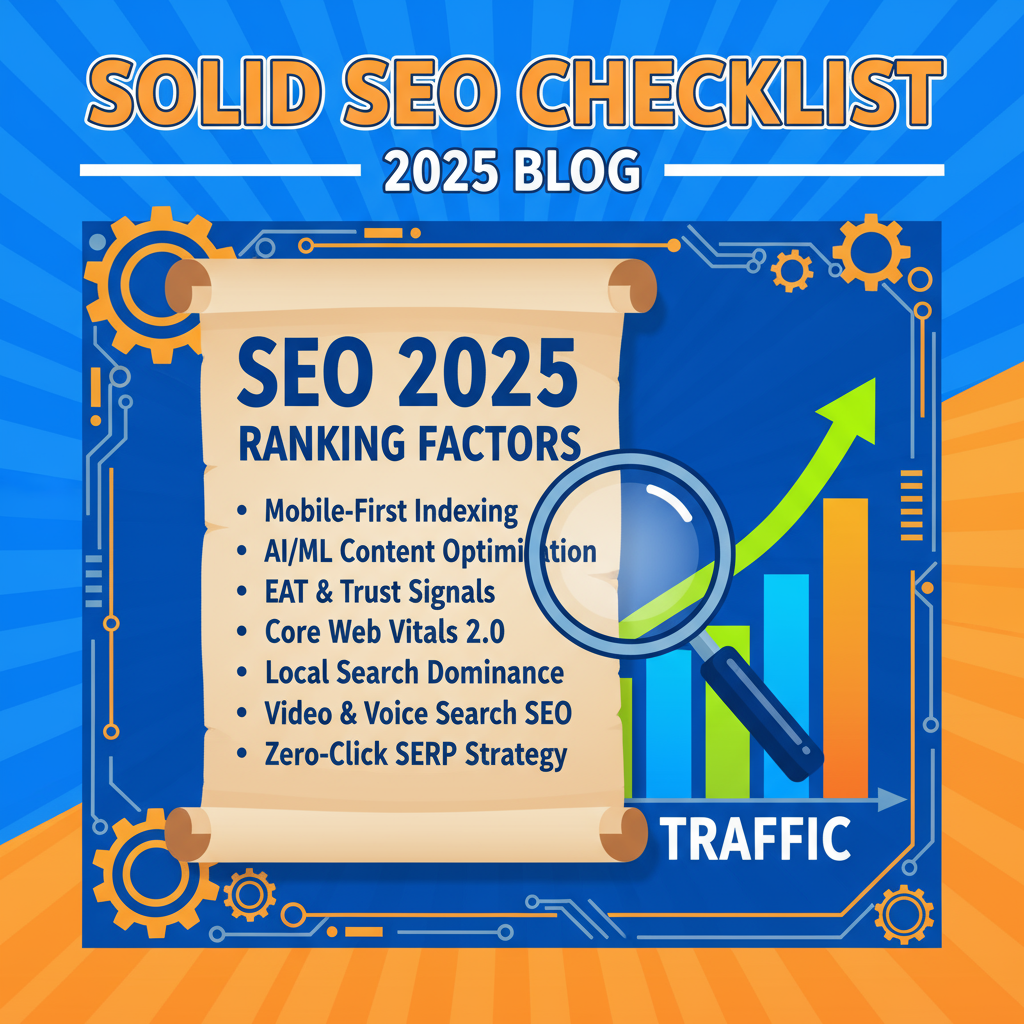
Meta Ads, encompassing advertising across Facebook, Instagram, Messenger, and the Audience Network, remains the dominant social advertising platform. Unlike Google Ads, which captures demand, Meta Ads is designed to create and influence demand by interrupting users with highly engaging, visual content.
In the post-privacy landscape, success hinges on simplifying campaign structure, trusting Meta’s powerful Advantage+ AI, and prioritizing world-class creative assets over complex, granular audience targeting.
Index (Table of Contents)
1. Meta Ads Fundamentals: The AI-Driven Shift 1.1. The Campaign Structure (Campaign, Ad Set, Ad) 1.2. The Learning Phase and Its Importance 1.3. The Privacy Shift: Signal Loss and the Role of CAPI
2. Choosing the Right Campaign Objective 2.1. The Six Core Objectives and When to Use Them 2.2. Optimizing for the True Business Goal (Sales vs. Traffic)
3. Audience Strategy: Leveraging Meta’s AI 3.1. Custom Audiences: Retargeting High-Value Users 3.2. Lookalike Audiences: Cloning Your Best Customers 3.3. Advantage+ Audience & Broad Targeting (The Modern Approach) 3.4. Effective Exclusion Strategies
4. The Power of Creative: Content is the New Targeting 4.1. The Mobile-First Creative Mandate (Reels and Stories) 4.2. Ad Copy Best Practices (Hook, Value, CTA) 4.3. Creative Testing and Fighting Creative Fatigue
5. Campaign Setup and Budgeting 5.1. The Role of Advantage+ Shopping Campaigns (ASC) 5.2. Budgeting Strategies (CBO vs. ABO, Advantage+ Budget) 5.3. Smart Bidding: Cost Cap vs. Bid Cap vs. Lowest Cost
6. Measurement and Optimization 6.1. Setting Up the Meta Pixel and Aggregated Event Measurement (AEM) 6.2. Key Metrics for Success (CPA, ROAS, Frequency) 6.3. The Iterative Process: When to Scale, Pause, or Kill an Ad
7. Advanced Scaling Techniques and Platform Compliance 7.1. Scaling Vertically and Horizontally 7.2. Using Dynamic Creative Optimization (DCO) 7.3. Navigating Meta’s Advertising Policies
1. Meta Ads Fundamentals: The AI-Driven Shift
1.1. The Campaign Structure (Campaign, Ad Set, Ad)
Meta Ads uses a clear, hierarchical structure:
- Campaign: This is where you set your Campaign Objective (e.g., Sales, Leads) and your Advantage+ Campaign Budget (CBO).
- Ad Set: This is where you define your Audience Targeting (Custom, Lookalike, Broad), Placements (e.g., Instagram Reels, Facebook Feed), and Optimization Event (e.g., Purchase, Lead).
- Ad (Creative): This is where you input the visual and textual assets (image, video, primary text, headline, CTA button). This is the user-facing element and is now the primary driver of performance.
1.2. The Learning Phase and Its Importance
When you launch a new ad set or make a significant edit, it enters the Learning Phase. During this period, Meta’s AI is testing who is most likely to convert.
- The Goal: The ad set must achieve 50 Optimization Events (e.g., 50 Purchases) within a 7-day period to exit the learning phase and stabilize.
- Best Practice: Avoid making frequent changes during this phase, as major edits (budget changes >20%, audience changes) can restart it, trapping your ad set in instability. Consolidating budget (using CBO) helps exit the learning phase faster.
1.3. The Privacy Shift: Signal Loss and the Role of CAPI
Since Apple’s iOS 14 update, Meta has less immediate data from users who opt-out of tracking. This is called Signal Loss.
- Aggregated Event Measurement (AEM): This is Meta’s framework for tracking web events in a privacy-safe way, which requires you to verify your domain and prioritize up to 8 conversion events.
- Conversions API (CAPI): The advanced solution is to implement CAPI, which sends conversion data directly from your server to Meta, bypassing browser limitations and improving data accuracy and delivery reliability.
2. Choosing the Right Campaign Objective
Choosing the correct objective is critical, as it dictates how Meta’s AI will optimize delivery. Always pick the objective that aligns with your ultimate business outcome.
2.1. The Six Core Objectives
Meta consolidates objectives around these primary goals:
| Objective | When to Use It | How the AI Optimizes |
| Sales | E-commerce, direct purchases, subscription sign-ups. | Finding people most likely to Purchase (highest intent). |
| Leads | Collecting contact information (forms, calls, messages). | Finding people most likely to Submit a Lead Form or Start a Chat. |
| Engagement | Generating video views, post likes, comments, event responses. | Finding people most likely to Interact with the content. |
| Traffic | Driving cold users to a website or landing page. | Finding people most likely to click the Link (low intent). |
| Awareness | Maximizing reach and memorability (top of funnel). | Finding the Most People for the lowest cost (CPM). |
| App Promotion | Driving app installs or specific in-app events. | Finding people most likely to Install or Use your application. |
2.2. Optimizing for the True Business Goal
The Golden Rule: Never run a Traffic campaign if your goal is Sales. The AI will optimize for cheap clicks, which often come from low-quality users who never convert. Use the Sales objective and optimize directly for the Purchase or Lead event.
3. Audience Strategy: Leveraging Meta’s AI
The best Meta Ads strategy today is often broad targeting supported by high-quality Custom and Lookalike Audiences.
3.1. Custom Audiences: Retargeting High-Value Users
These audiences are built from people who have already engaged with your brand. They are the engine of high-ROI remarketing.
- Website Traffic: Visitors to your site (segment by time, e.g., 90 days).
- Customer Lists: Uploaded lists of existing customers, highly effective for upselling or building Lookalikes.
- Engagement Audiences: People who have watched your videos (e.g., 75% view time), interacted with your Instagram/Facebook page, or saved your post.
3.2. Lookalike Audiences: Cloning Your Best Customers
Lookalikes (LLAs) are a powerful tool for prospecting (finding new customers). Meta’s AI analyzes the characteristics of a “seed” Custom Audience and finds a broader group of users who share similar traits.
- Best Seed Sources: A list of your Highest Value Purchasers or people who have Submitted a High-Quality Lead Form.
- Audience Size: 1% Lookalikes are the most similar (highest quality, smaller reach). 3-5% Lookalikes offer a better balance of quality and scale.
3.3. Advantage+ Audience & Broad Targeting
Advantage+ Audience (formerly Detailed Targeting Expansion) allows Meta’s AI to broaden your targeting if it believes a conversion is likely to occur outside your specified interests or demographics.
- The Modern Approach: Many top advertisers use Broad Targeting (e.g., just age, gender, and location, with no interests or behaviors) and rely entirely on creative and Smart Bidding to find the right people. This approach works because the algorithm is powerful enough to find conversions with minimal input, especially when fed strong creative assets.
3.4. Effective Exclusion Strategies
You must strategically exclude audiences to prevent wasted spend and creative fatigue:
- Exclude Purchasers: In prospecting campaigns (top-of-funnel), exclude people who purchased in the last 7-30 days.
- Exclude Low-Value Audiences: Use exclusions to prune out Lookalikes or interests that prove unprofitable over time.
4. The Power of Creative: Content is the New Targeting
In 2025, your ad creative accounts for the majority of campaign performance. Creative is what stops the user’s scroll.
4.1. The Mobile-First Creative Mandate
- Vertical Video is King: Instagram Reels and Facebook Stories placements (9:16 aspect ratio) offer the most immersive, high-impact ad experience.
- Hook, Story, Offer: The first 3 seconds of a video are critical (the “hook”). Use fast cuts, compelling text overlays, and strong sound to stop the scroll.
- Prioritize UGC (User-Generated Content): Authentic, raw content from real customers often outperforms polished studio ads because it feels native to the platform.
4.2. Ad Copy Best Practices
Ad copy provides context and conviction:
- Primary Text (The Hook): This is your main story. Address a pain point immediately and offer your product as the solution. Keep it concise (under 125 characters) before the “See More” cut-off.
- Headline (The Offer): This is the text under the image/video. Use it for a clear, strong offer, price point, or urgency (e.g., “50% Off Today Only”).
- Call-to-Action (CTA): Match the button to your goal (e.g., use “Shop Now” for Sales, “Sign Up” for Leads).
4.3. Creative Testing and Fighting Creative Fatigue
Creative Fatigue occurs when your audience has seen the same ad too many times, leading to a drop in CTR and a spike in Cost Per Acquisition (CPA).
- The 3-Ad Rule: Always launch at least 3 distinct creative concepts within an ad set to let the algorithm test which one resonates.
- Test and Rotate: Successful brands test new creative variations weekly and cycle out ads that reach a Frequency (the average number of times a user has seen your ad) above 3.0 in a 7-day period.
5. Campaign Setup and Budgeting
5.1. The Role of Advantage+ Shopping Campaigns (ASC)
For e-commerce, Advantage+ Shopping Campaigns (ASC) are the new scalable powerhouse. They are fully automated campaigns where you provide your product feed and set a Target ROAS. Meta’s AI then handles all targeting, creative, and bidding decisions.
- Strategy: ASC is designed to complement existing campaigns by finding new customers efficiently. Feed it accurate conversion data, and it will optimize itself.
5.2. Budgeting Strategies (Advantage+ Campaign Budget)
Advantage+ Campaign Budget (CBO) is the current standard. Instead of setting a fixed budget for each Ad Set (ABO), you set one budget at the Campaign level.
- CBO Benefit: The AI dynamically allocates the budget to the best-performing Ad Sets and Ads in real-time, speeding up optimization and improving overall cost efficiency.
5.3. Smart Bidding: Cost Cap vs. Bid Cap vs. Lowest Cost
- Lowest Cost (Default): Meta aims to get the most conversions possible within your budget. Best for testing and scaling volume.
- Cost Cap: You set a desired average Cost Per Result (CPA). Meta will aim to maintain this average, but may sacrifice volume. Good for stable, profitable campaigns.
- Bid Cap: You set the maximum amount you are willing to bid in any single auction. This gives the most control but significantly limits volume and requires advanced understanding of the auction system.
6. Measurement and Optimization
6.1. Setting Up the Meta Pixel and AEM
The Meta Pixel is a snippet of code that tracks user actions on your website. After the privacy shift, you must:
- Verify Your Domain in Meta Business Manager.
- Set up Aggregated Event Measurement (AEM) to prioritize the 8 most important conversion events (e.g., Purchase, Lead, AddToCart).
6.2. Key Metrics for Success
Beyond basic clicks, focus on these profit-driven KPIs:
- CPA (Cost Per Acquisition): Your total cost divided by the number of sales/leads. The most important metric for lead generation.
- ROAS (Return On Ad Spend): Your total conversion value divided by the cost. The most important metric for e-commerce.
- Frequency: The average number of times a person has seen your ad. A rising frequency is the main indicator of Creative Fatigue.
- CTR (Click-Through Rate) (Outbound): The rate at which people click the link to your website. A high CTR indicates strong Ad Relevance.
6.3. The Iterative Process
- Scale: Increase the budget of Ad Sets that consistently meet your target CPA/ROAS. Use gradual increases (20-30% every 2-3 days) with CBO.
- Optimize: If an Ad Set is underperforming, first look at the Creative—replace the lowest-performing ad. Then, check the Audience (are you excluding recent buyers?).
- Kill: Pause any ad or ad set that significantly exceeds your target CPA/ROAS after spending enough to exit the Learning Phase.
7. Advanced Scaling Techniques and Platform Compliance
7.1. Scaling Vertically and Horizontally
- Vertical Scaling (Budget): Gradually increase the CBO budget on your winning campaign.
- Horizontal Scaling (Audience): Duplicate winning Ad Sets/Campaigns or launch new, similar Lookalike Audiences (e.g., test 3% LLA instead of 1% LLA).
- Creative Scaling: The most effective form of scaling is consistently producing and testing new winning creative to feed the performing Ad Sets.
7.2. Using Dynamic Creative Optimization (DCO)
DCO is an Ad Set setting that allows you to upload multiple headlines, images, and descriptions. Meta’s AI automatically generates thousands of combinations and delivers the highest-performing ones. This is a massive time-saver for testing copy variations.
7.3. Navigating Meta’s Advertising Policies
Meta’s policies are strict and non-negotiable. Common policy violations include:
- Misleading Claims: Using “get rich quick” promises or unrealistic health claims.
- Personal Attributes: Implying knowledge of a user’s personal attributes (“Do you suffer from X?”).
- Non-functional Landing Pages: Pages that are slow, have pop-ups, or require excessive information.
Ad account stability depends on proactive policy adherence and maintaining a good reputation score.
Focus Keywords:
- Meta Ads Free Course
- Facebook Ads Free Course
- Instagram Ads Free Course
- Meta Ads Tutorial
- Learn Meta Ads Step by Step
- Meta Ads Training for Beginners
- Facebook Ads Mastery Free
- How to Run Meta Ads
- Meta Ads Learning Course 2025
- Free Meta Advertising Guide
- Meta Ads Learning Course 2026
- WhatsApp Ads









